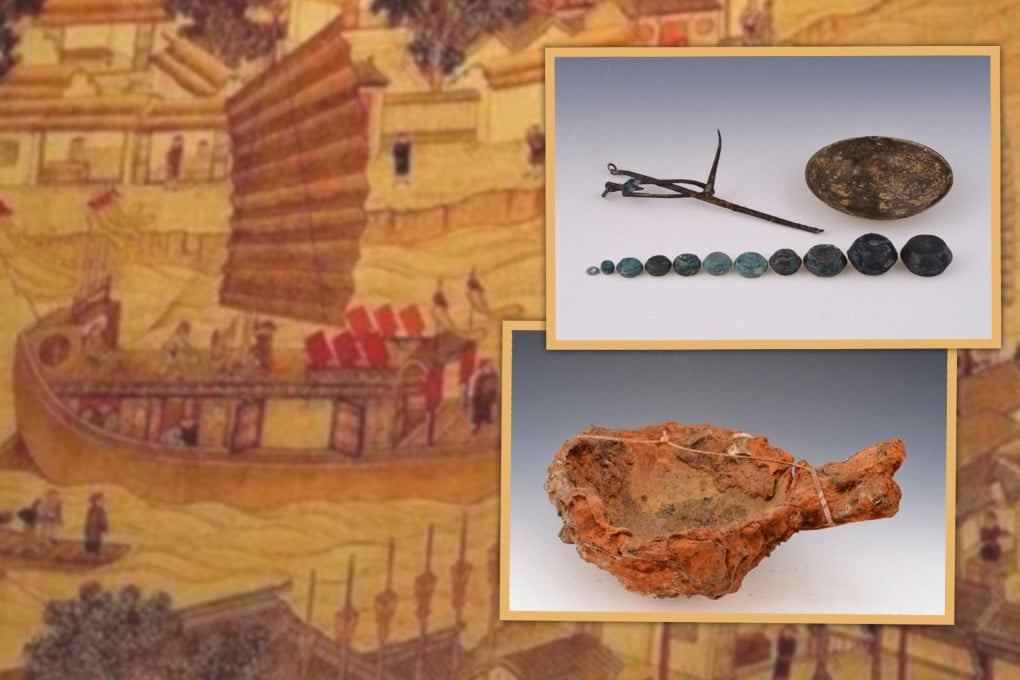Ancient China shipwreck unveils insights into Song-era smuggling and government apathy
- Ship was destined for open sea but sank near mainland China’s coast, providing researchers with rare opportunity to study

Over 1,000 years ago, a ship left port in Guangzhou in southern China weighed down with a fortune of raw materials fit for a small nation.
This Song dynasty (960-1279) trade vessel would not make it far, sinking to the bottom of the ocean near the coast of Taishan in Guangdong province, where it would remain untouched until 1987.
Almost 40 years after its initial discovery, the Nanhai No 1 has become one of the most important sites for understanding maritime trade during the Song dynasty thanks to a comprehensive salvage project in 2007 and a decade-long excavation project starting in 2013.
The core revelation from the shipwreck is that it was weighed down with a large amount of metal cargo, indicating that the Nanhai No 1 was probably involved in a significant smuggling operation, which the team of scientists from Guangzhou University said was extremely common during that era.
“Despite repeated government bans, smuggling of metal goods continued throughout the Song dynasty, with no significant reduction in the scale of the metal trade...highlighting the inadequacy of government control over illegal smuggling activities,” wrote the authors.

An important contradiction is that, while the laws were clear about metal export bans – and some of the punishments were extreme – the research team believes the government deployed a strategy of deliberately overlooking smuggling operations or even encouraging them.